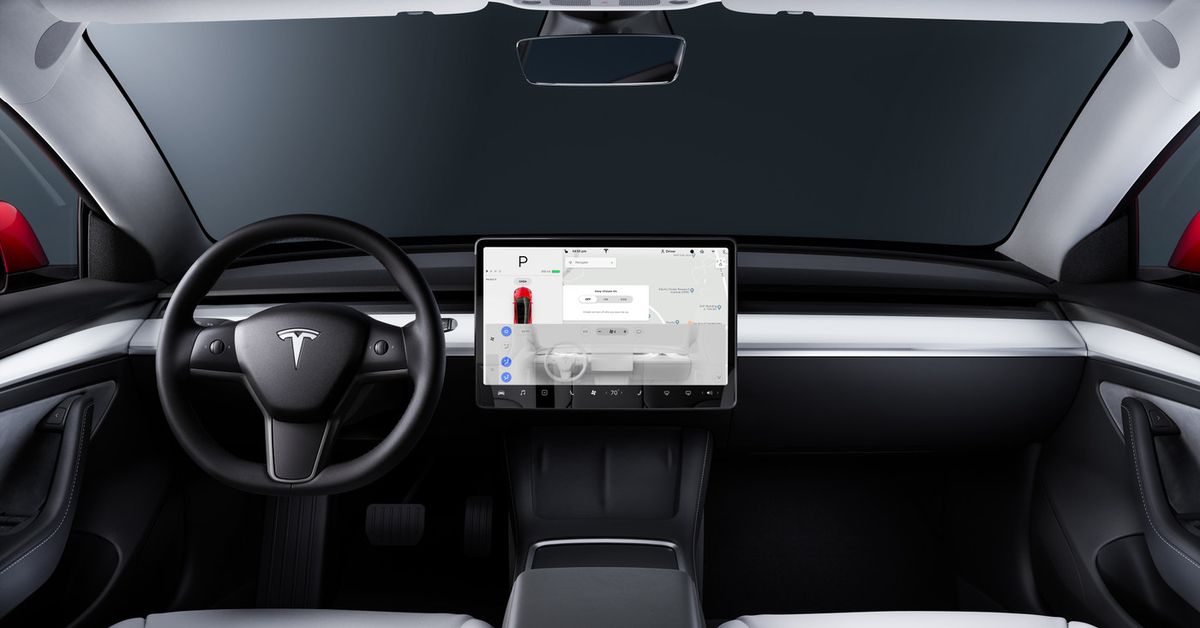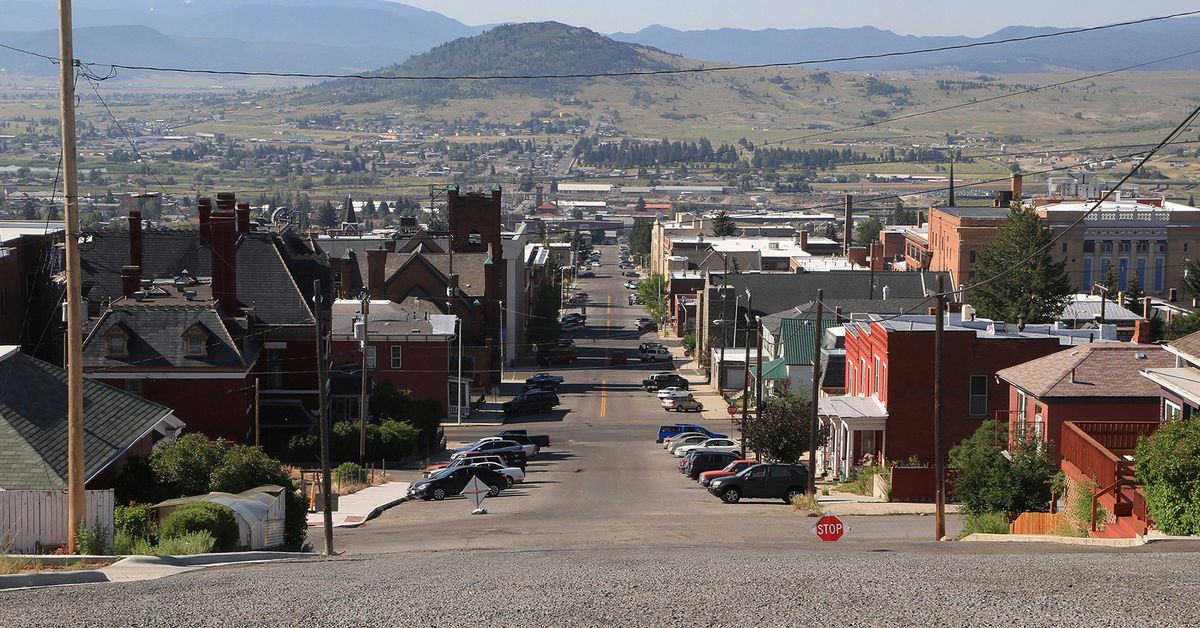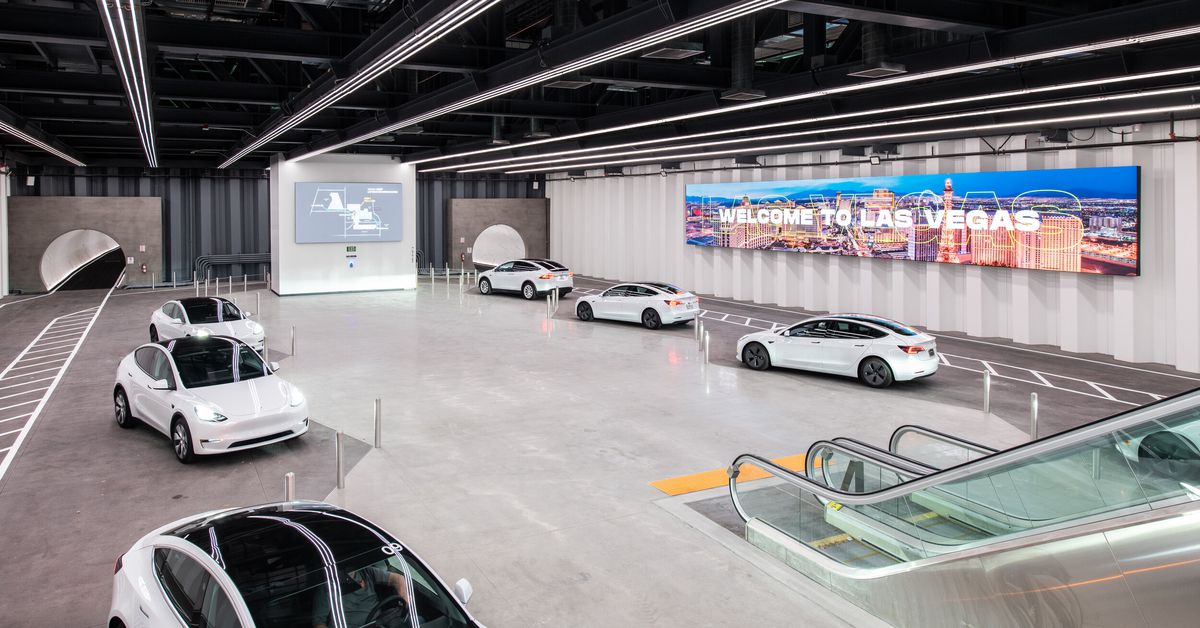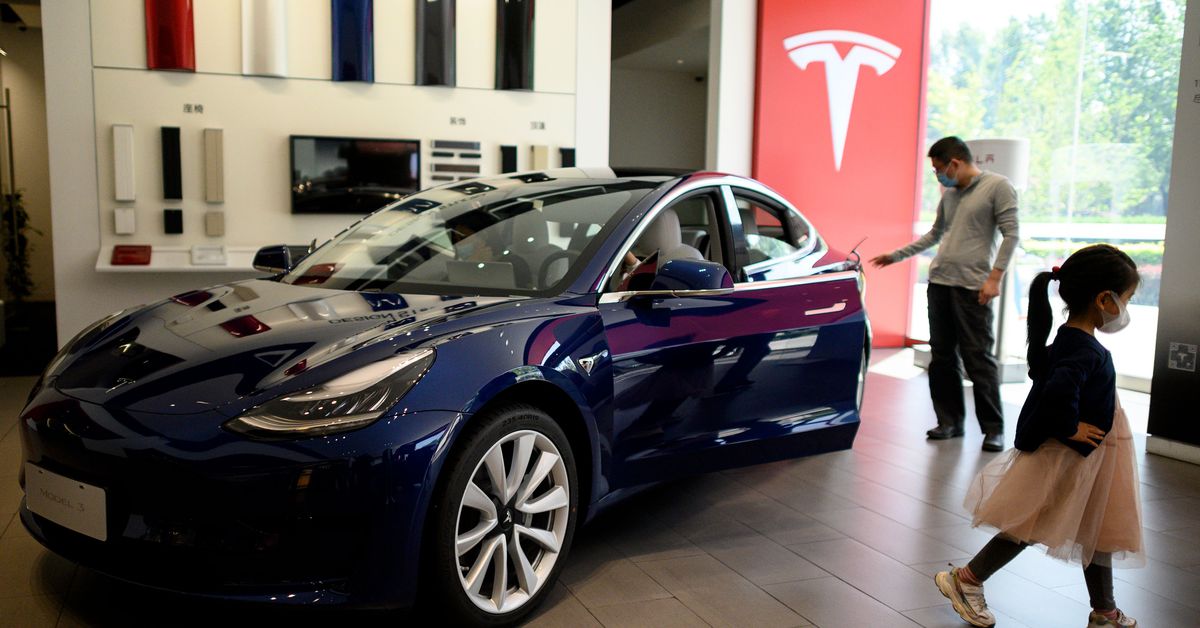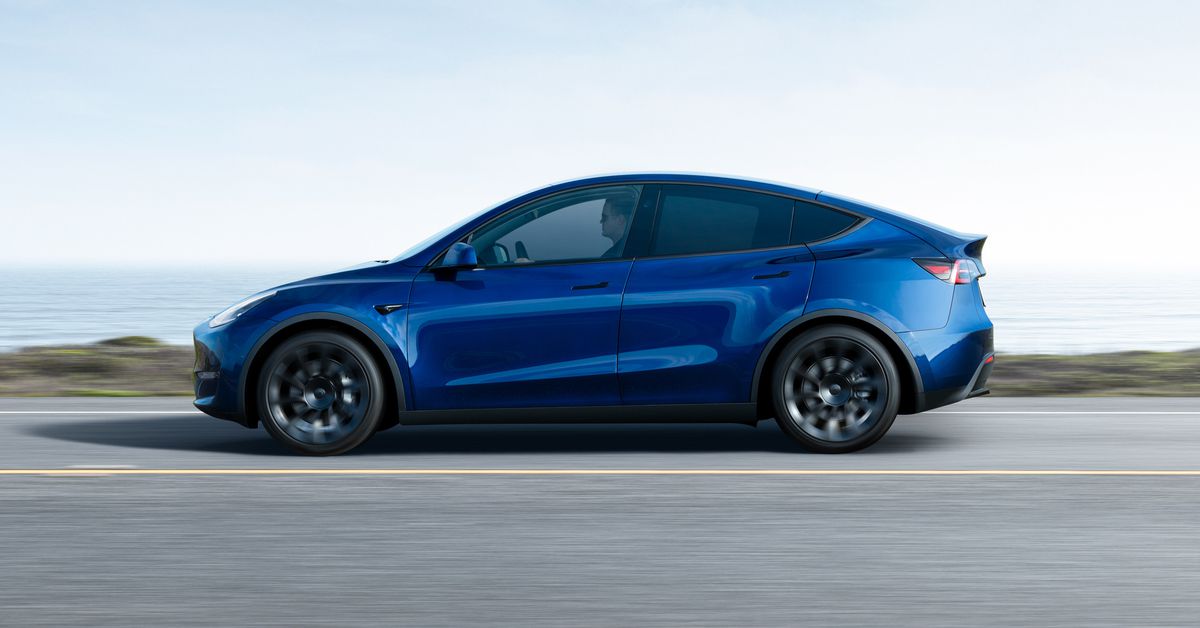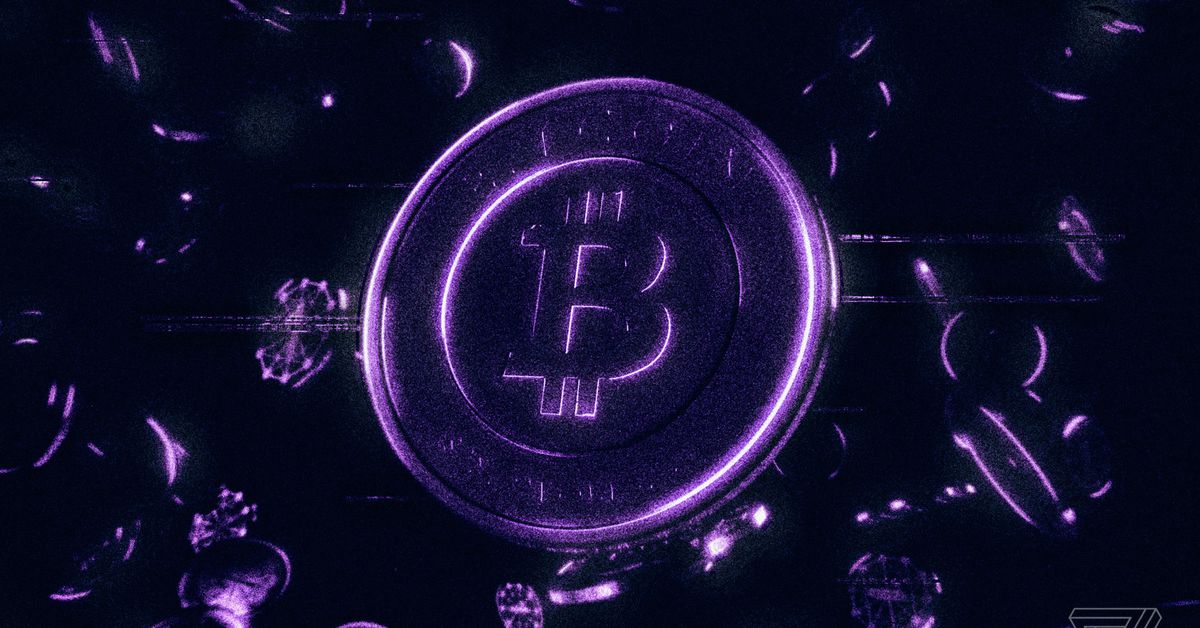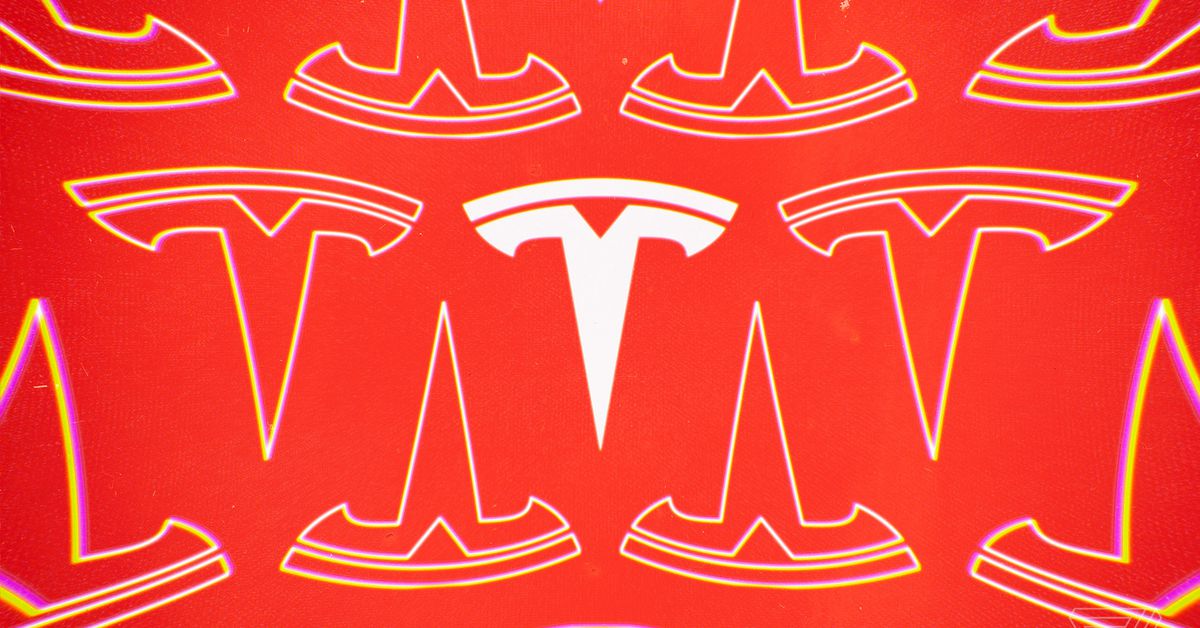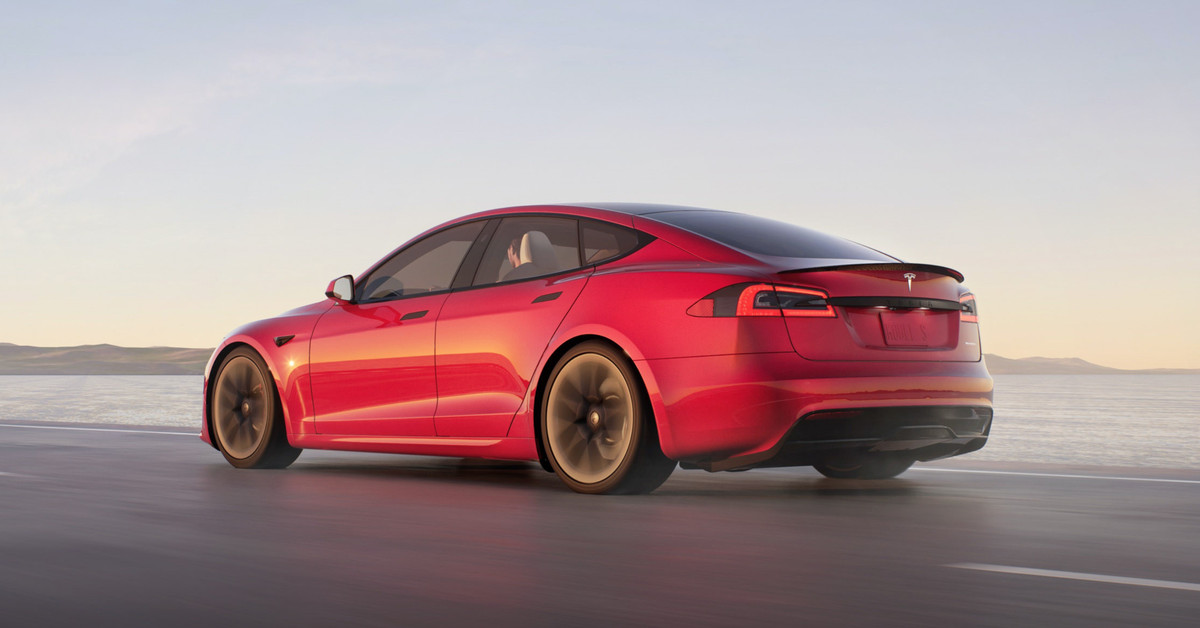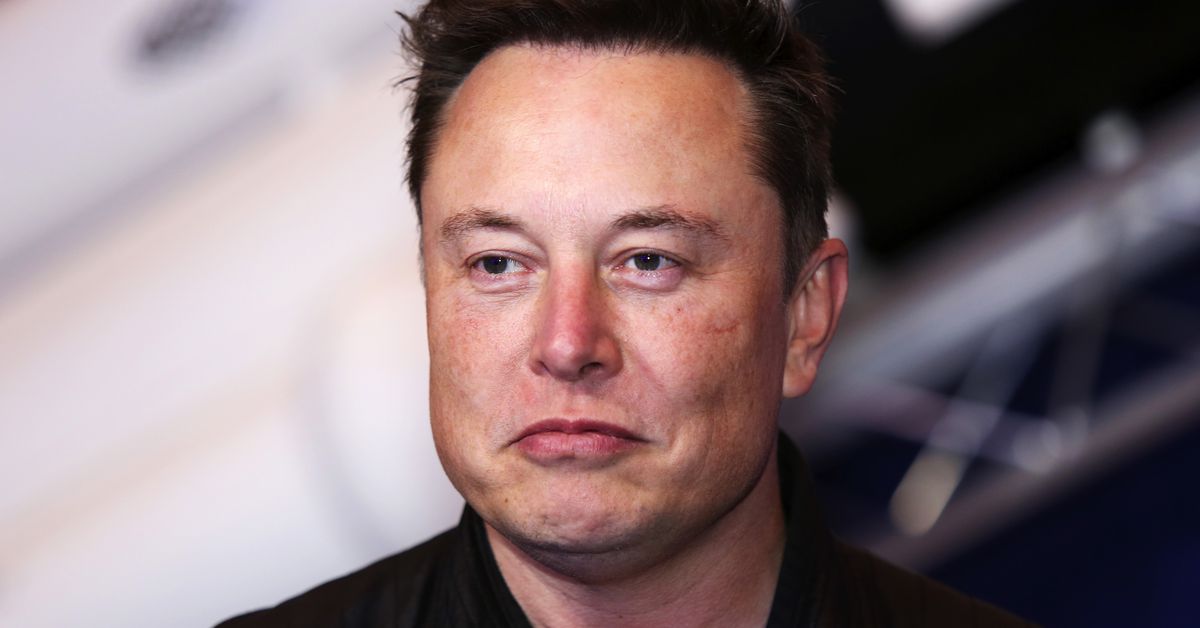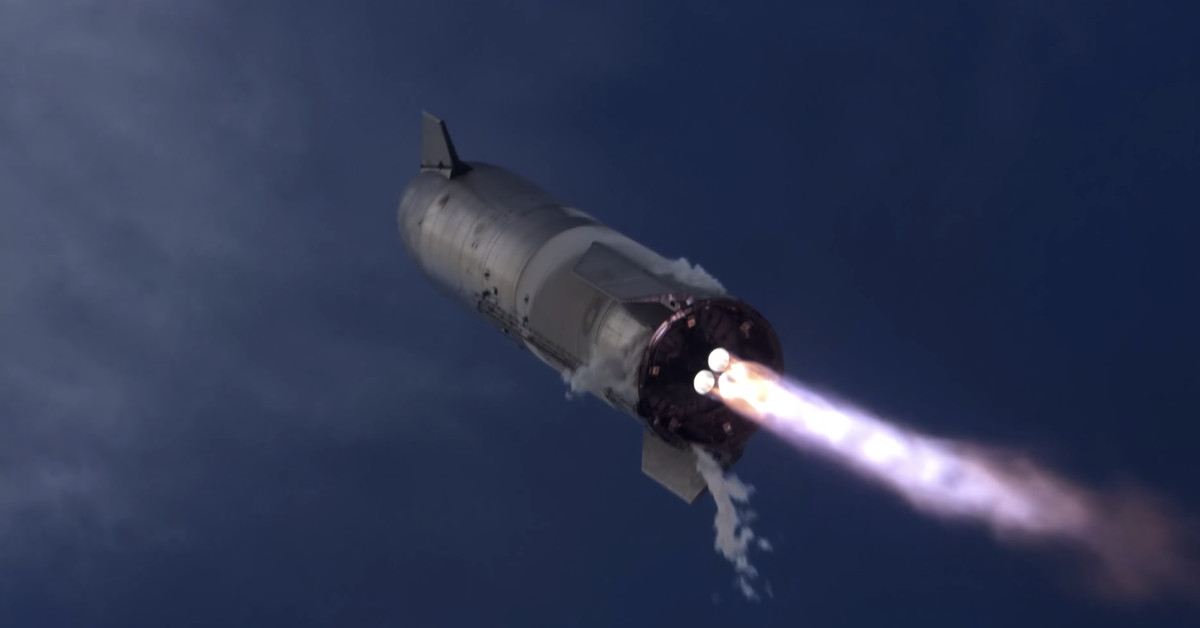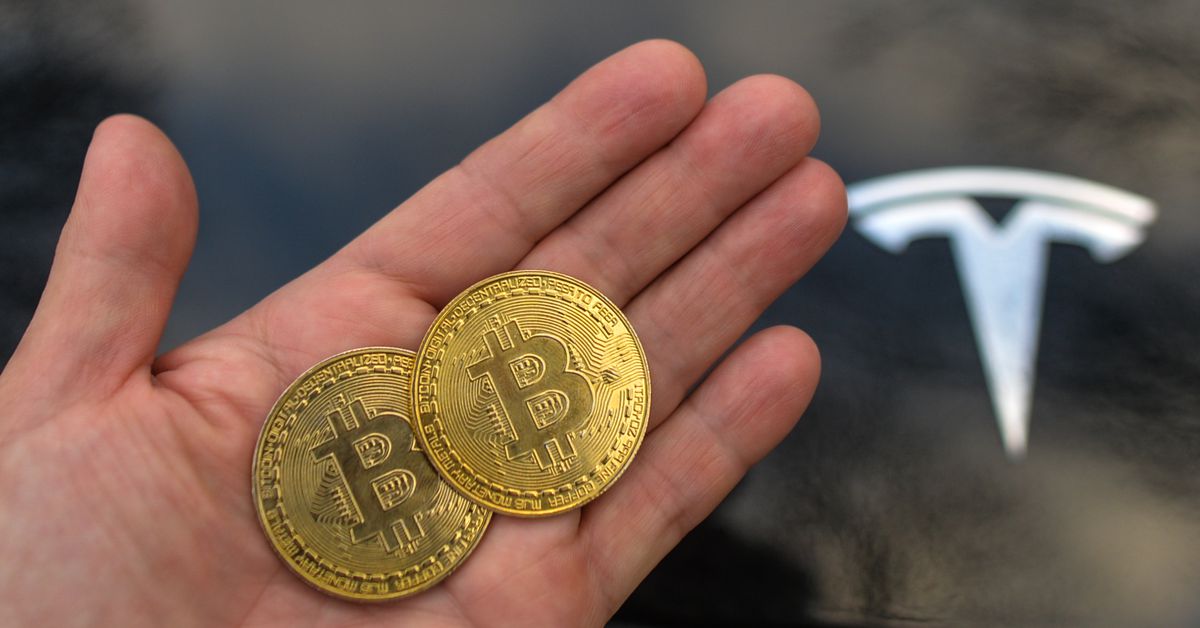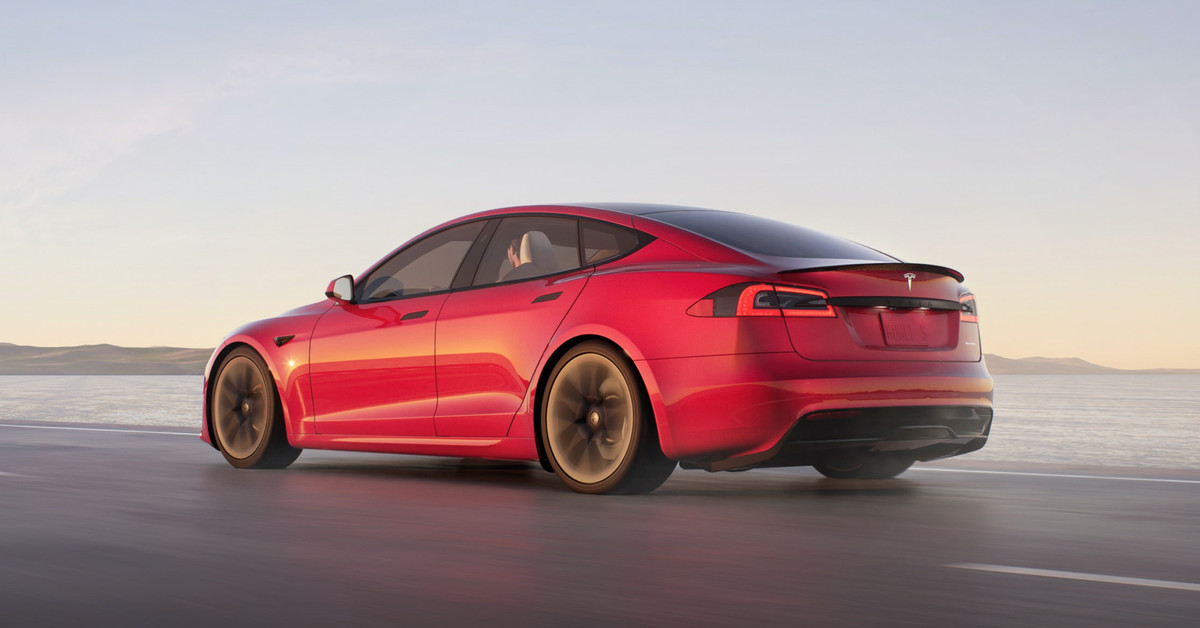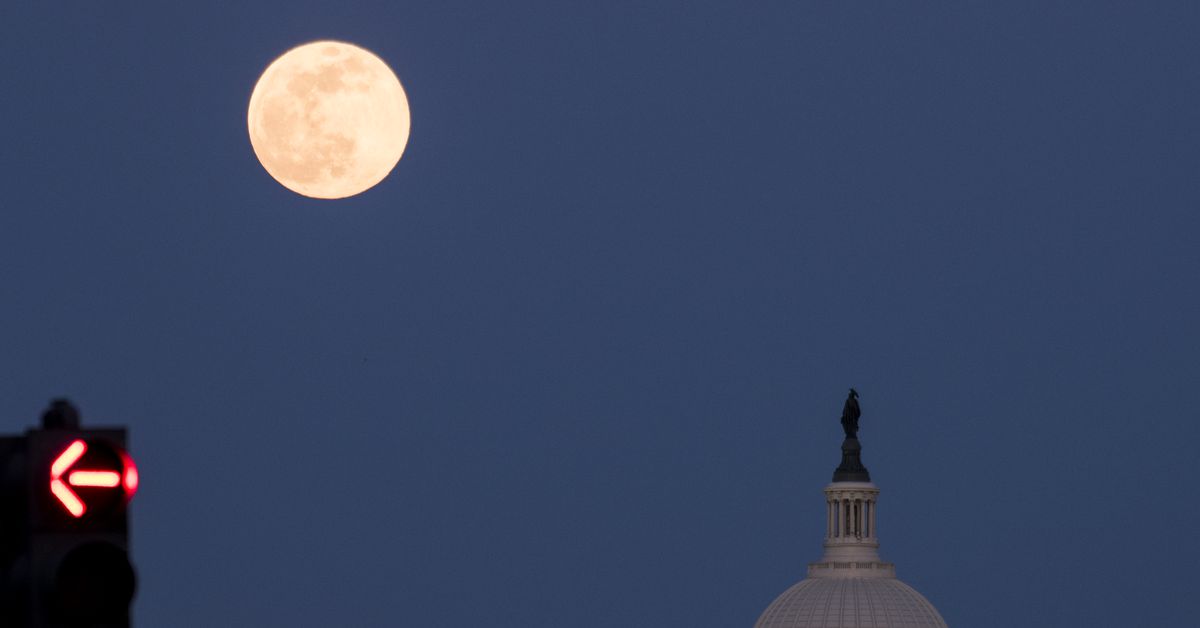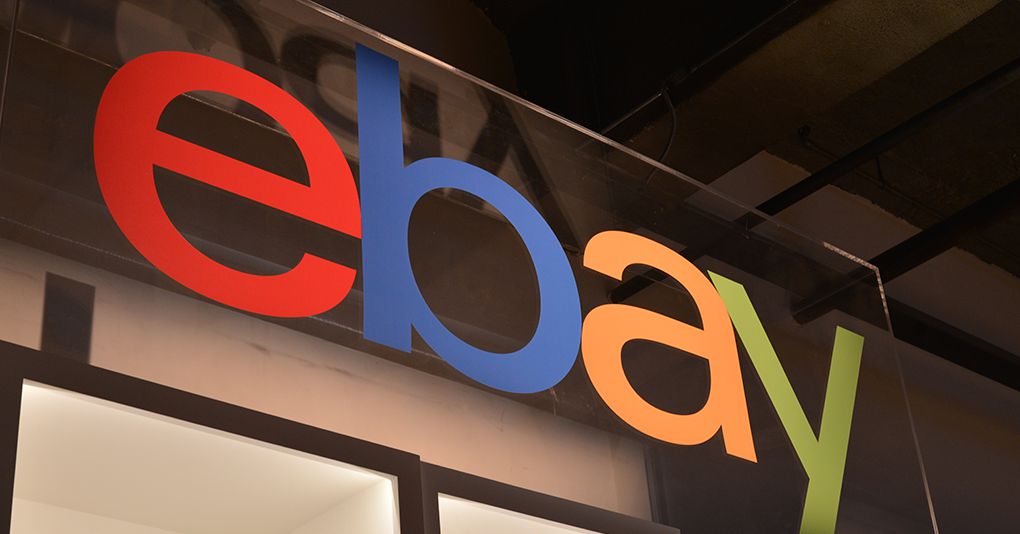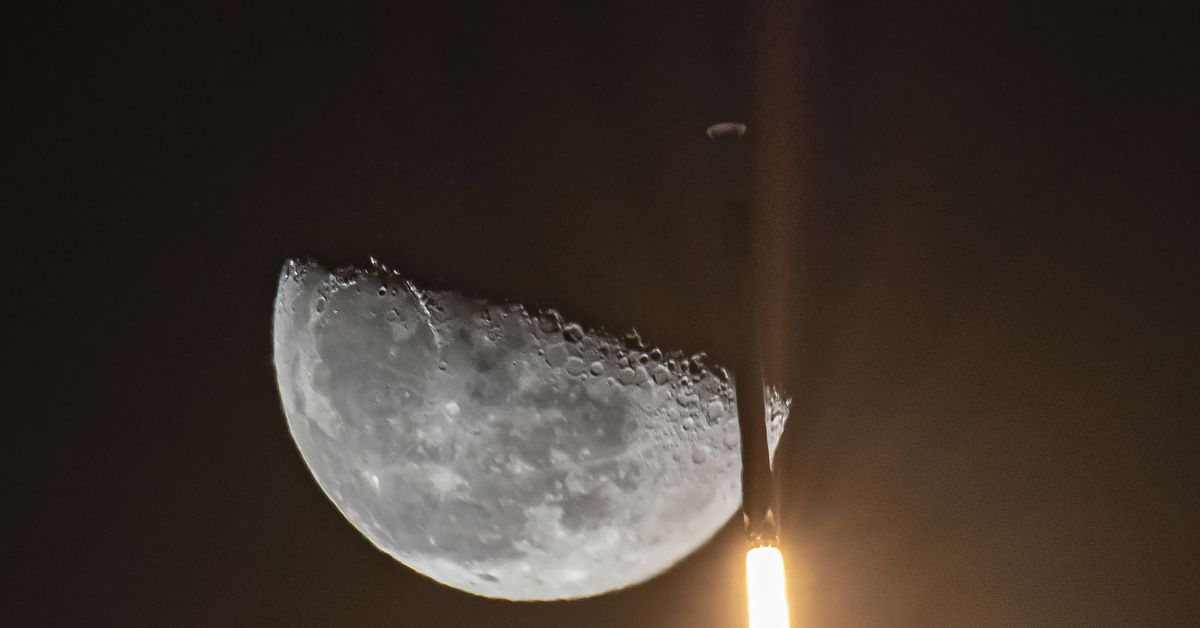Elon Musk shouldn’t hold his breath waiting for bitcoin to become environmentally friendly enough for Tesla to take it as payment. Musk announced yesterday that Tesla was walking away from the cryptocurrency because of the fossil fuels used for bitcoin mining and transactions. In the announcement, he left the door open for Tesla to accept bitcoin again if mining the cryptocurrency eventually runs on “more sustainable energy.” But some experts caution that renewable energy is not a silver bullet for bitcoin’s sustainability problem.
The Verge spoke with Alex de Vries, a digital currency economist who has consistently called out bitcoin’s growing greenhouse gas emissions. He runs the blog Digiconomist, which keeps a running tab on bitcoin’s estimated energy use and emissions. While some other researchers and blockchain enthusiasts have been more optimistic about the potential for renewable energy to slash bitcoin’s emissions, de Vries has published papers arguing that the climate calculations just don’t add up. The Verge spoke with de Vries about why he’s still skeptical about bitcoin going green through renewables, other ways the cryptocurrency could cut its pollution, and how bitcoin compares to alternatives like Dogecoin.
This interview has been lightly edited for length and clarity.
Did you have any reaction to the news in February that Tesla was going to accept bitcoin for payments?
I was shocked at the time because bitcoin isn’t an ESG-friendly currency. We know that a big part of the mining is done by using Chinese coal; that’s something that isn’t new information. Mining itself is a really big lottery where the machines that are participating are just generating useless computations all the time so they’re literally wasting resources for making new blocks for this blockchain. It’s really weird that a company that has a mission statement that involves decarbonizing the planet gets involved with a currency that ultimately involves the waste of natural resources, specifically fossil fuels.
The bitcoin network is responsible for 55 million metric tons of CO2 annually, which is as much as a nation like Singapore. Ironically, it’s also more than the entire estimated net gains from deploying electric vehicles.
What was your reaction to yesterday’s news that Elon decided to backtrack on that?
Well, my initial response was better late than never.
In his statement, Elon Musk says that they’re doing this because of an increasing amount of fossil fuels used for bitcoin mining. Now in all honesty, there hasn’t been that much change. Let’s be real, Tesla announced that it would accept bitcoin two months ago, and not that much has changed since then. The total amount of resources going into the network has gone up by a bit, but we already knew that was primarily Chinese coal.
It’s interesting that Musk says Tesla will go back to bitcoin “as soon as mining transitions to more sustainable energy.” Do you think that can happen? Why or why not?
In all honesty, it makes no sense.
In the past few years, miners have only been getting renewables from the south of China, that has been their only major source of renewables. And it doesn’t last. It lasts for only four months a year and because the production is seasonal.
That’s the problem with renewable energy sources in general: they can’t provide these machines with 24/7 power all year long. For example, it was recently argued that miners could be using solar power for bitcoin mining, which sounds like a great idea. But if you read what should happen to do that, bitcoin miners would need to be shut down during half the day in order to make that work.
That makes no sense if you’re an investor in these machines, because you’re paying a whole lot of money for a device that the moment you get, it starts becoming obsolete. If you miss out on half a day, you’re missing out on a level of income that’s just never going to come back. You want to have these machines running 24/7 if you want to maximize your profit, which is a lot easier if you’re running on Chinese coal than if you’re running on solar power for half a day — so there’s no real incentive to do that.
You published a paper that argued that renewable energy will not solve bitcoin’s sustainability problem — can you walk me through why?
A big amount of bitcoin miners can always cause problems no matter what type of energy they’re using. It can lead to outages if mining becomes really popular in the particular spot. What also might be happening is that you’re using renewable energy that you could have used a different way to clean up the grid elsewhere.
Even if, hypothetically speaking, this whole network was running on renewable energy. Still, it doesn’t solve the sustainability issues of bitcoin. Bitcoin uses excessive amounts of hardware. You have a bunch of specialized equipment that can only do bitcoin mining. The moment they become unprofitable, there’s nothing you can do with them. You can’t repurpose them, you can’t use them as a home computer. It’s trash. And they don’t last very long, on average maybe one and a half years. So you’ve got millions of devices that are becoming obsolete extremely fast. That just results in a big pile of electronic waste down the line. It’s already the case that a single bitcoin transaction is equivalent to throwing away an iPhone 12 mini in terms of materials, that’s already how bad it is.
Are there better solutions to bitcoin’s sustainability problem?
The good thing is that Elon Musk did mention the alternative cryptocurrencies that don’t have the same environmental impact. This is a very important point because the energy consumption issue in bitcoin relates to the proof of work algorithm. That is a specific part of the bitcoin software that is not necessarily present in alternative cryptocurrencies because there’s different ways to do the block creation process. In bitcoin, it depends on computational power, but there are alternatives. Proof of stake is the most popular one.
The second largest cryptocurrency of the moment, Ethereum, is right now running proof of work but is planning to change that to proof of stake. What that does is it makes the block creation process depend on wealth, rather than computational power, so there’s no incentive to have energy-hungry specialized hardware. That fixes both the energy need, as well as the hardware need. If you have something running on proof of stake, it wouldn’t even be 0.1 percent of the energy needed to run bitcoin.
If Ethereum can turn to proof of stake, theoretically, so can bitcoin, which would actually fix the environmental issues. But so far there has been no move inside the community to make such things happen.
Musk has also talked up Dogecoin in the past. How does Dogecoin compare to bitcoin? Do you see it becoming as bad for the climate as bitcoin?
The thing is, if something runs on proof of work, which is the case in Dogecoin, then it’s just as bad as bitcoin. The impact that Dogecoin has currently is a lot smaller than bitcoin, but that’s because the value of Dogecoin is a lot less and these things are directly related with each other. That’s kind of been the essence of my work over the past few years. There is a direct relationship between the value of these assets, how much money is being earned by the miners, and how much they’re spending on electricity. Very simply said, the more valuable an asset, the more money will be made by miners, the more they will spend on resources like hardware and energy. So, the fact that Dogecoin has a smaller impact than bitcoin is just because the value is a lot less, but if they were the same size, the impact would be equally bad.
We’ve already started to see the value of bitcoin drop after Musk’s announcement. Are we starting to see emissions or energy use fall as well?
No. The price has gone down by maybe 15 percent. That does reduce the potential future emissions of the network. But it doesn’t reduce today’s emissions because, right now, bitcoin mining is extremely profitable. As it stands, the network’s impact will still continue to increase, unless the price goes down by a lot more.
How much more would it take to see a decline in emissions?
I wrote about that in a paper recently. The current price is still around $50,000 per coin today, although I haven’t checked it for the past hour. Below $30,000, that’s where the current energy consumption would start to go down, so it has a long way to go. That’s kind of the bottom line.
